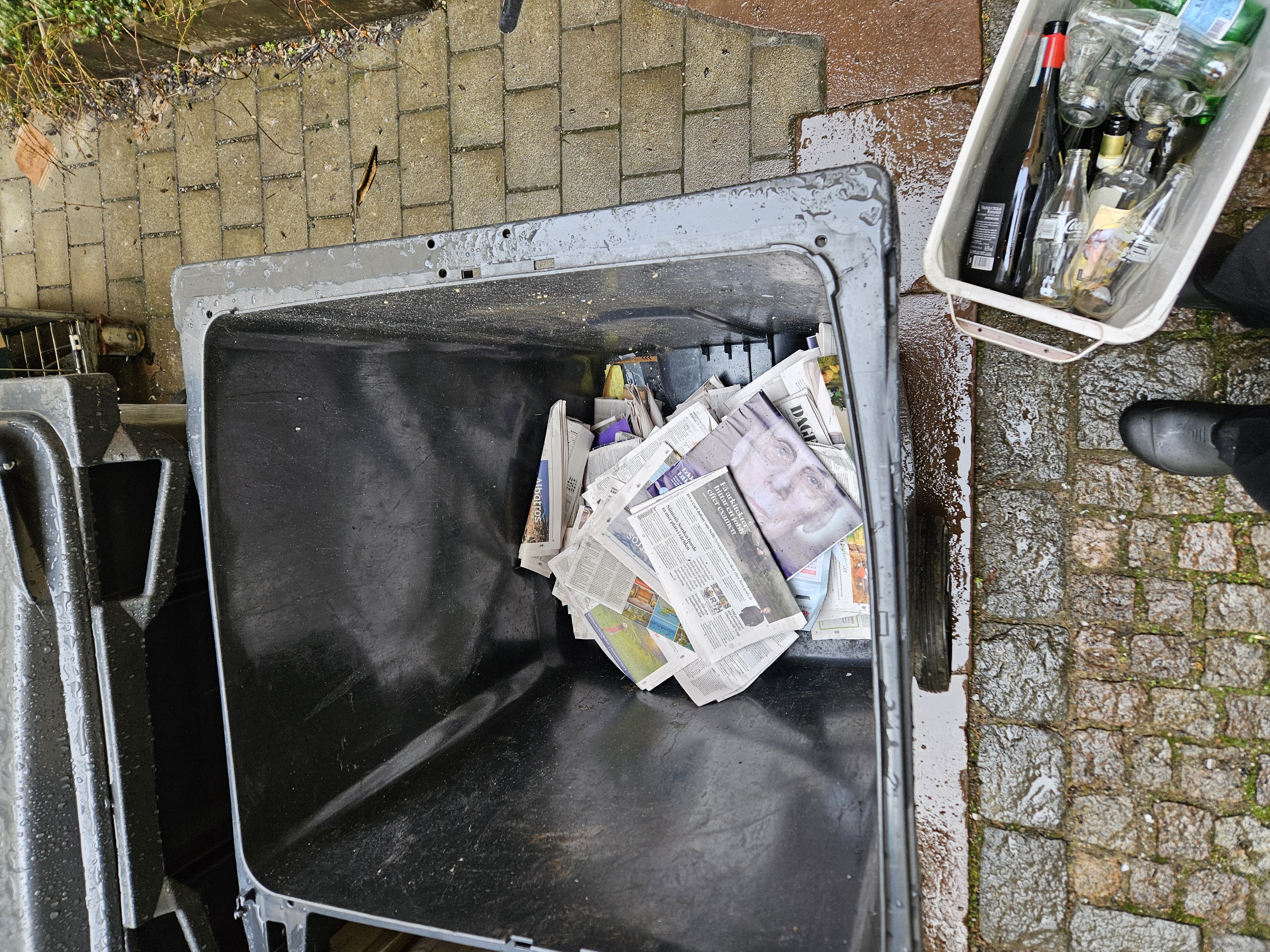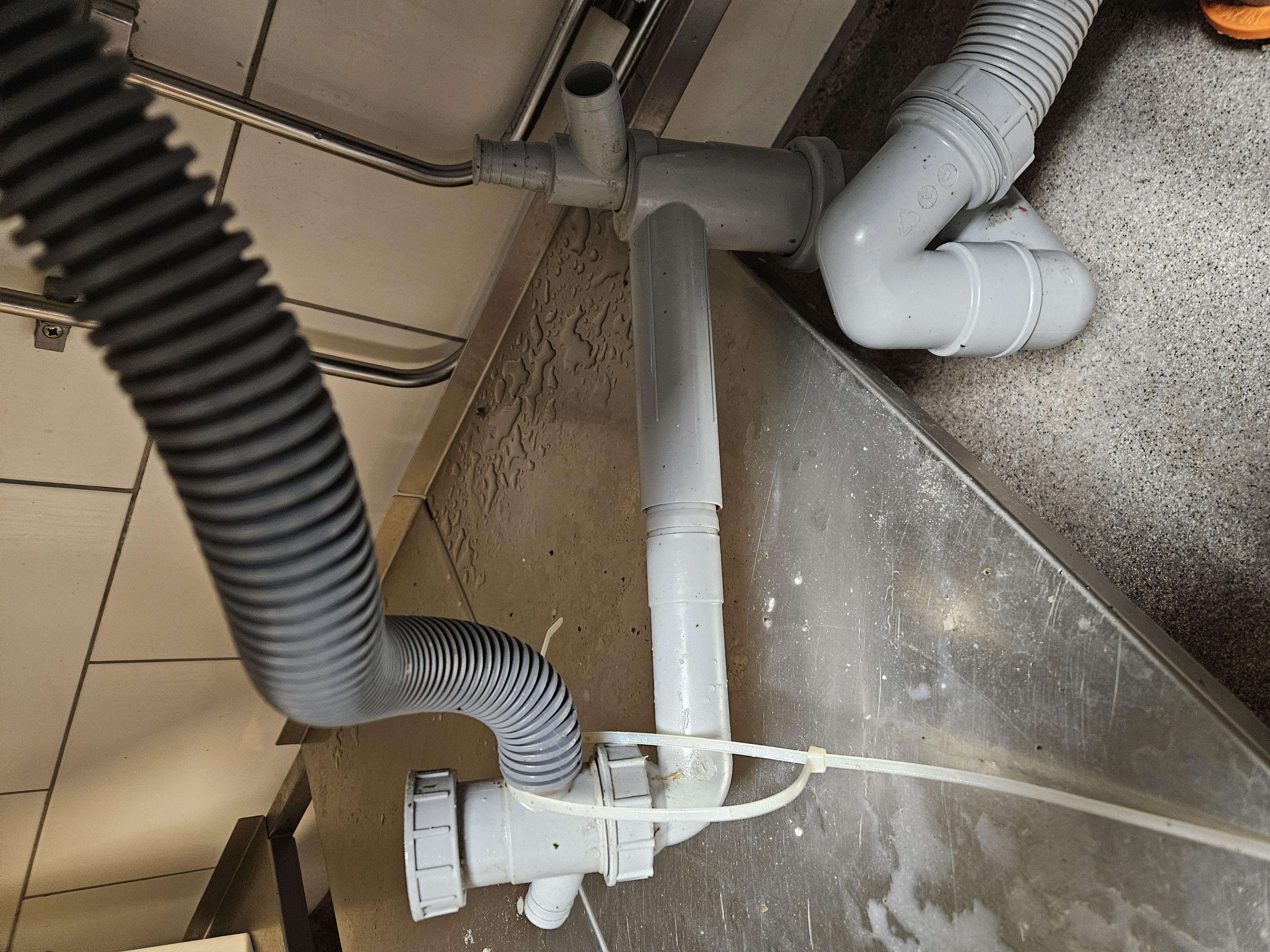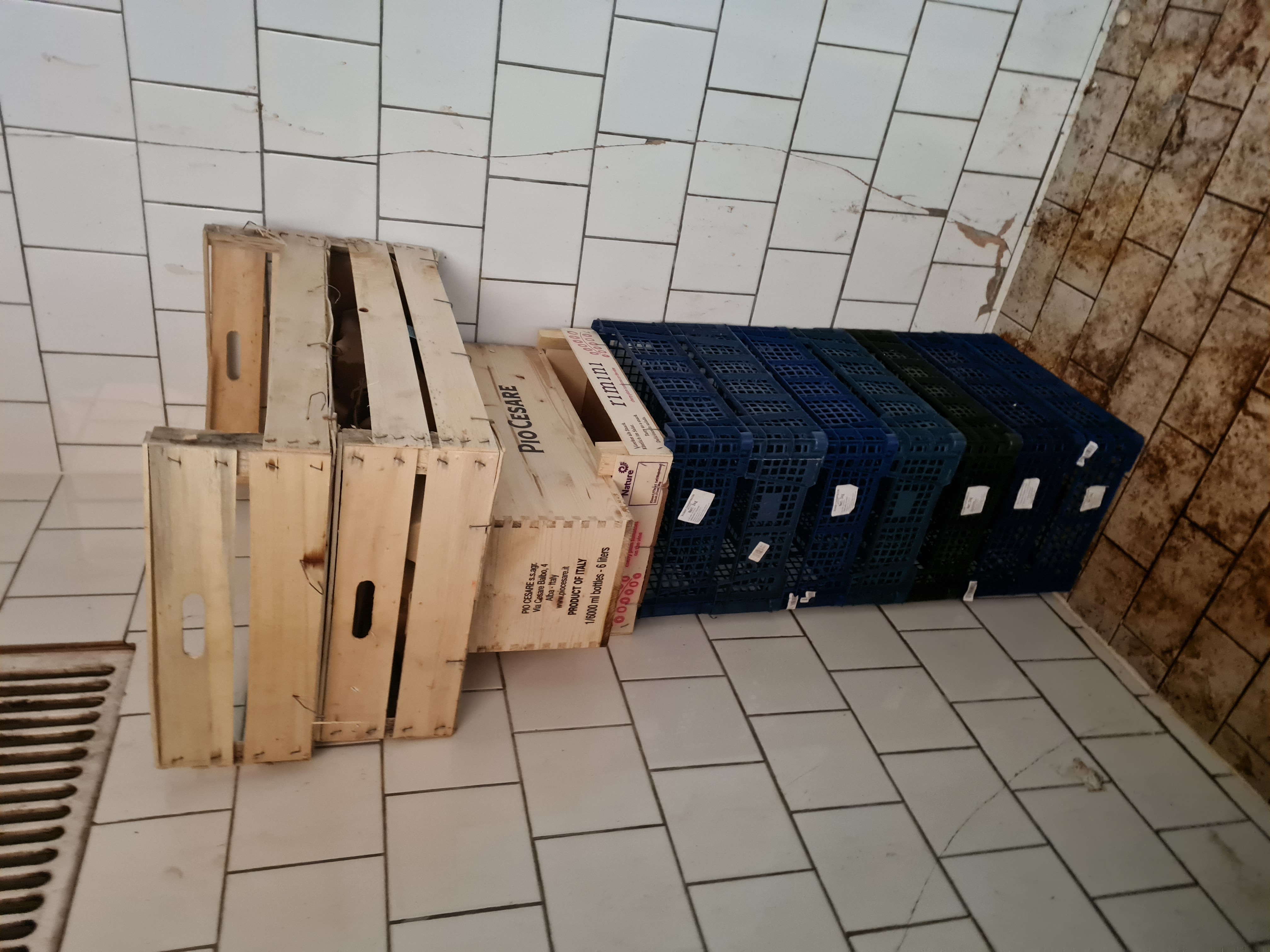Modern Overhead
This section starts with a reflection from Balaji S. Srinivasan (45), a tech entrepreneur with a solid reputation in Silicon Valley, born in New York to Indian parents.
In 2013, he gave a course at Stanford on how to build startups. It was part of a broader initiative shaped as a practical extension of highly controversial Peter Thiel’s original CS183 class.
He claimed that most small businesses are not companies — they are traps. They promise freedom, but deliver fragility. No scale. No leverage. No safety net. Just exposure.
Restaurants are the clearest example. Everyone eats, so everyone thinks they could run one. But the numbers say otherwise. Margins are tight. Paperwork is heavy. Regulation is constant.
What begins legal often slides into grey — or black — just to stay afloat. Owners don’t optimize — they survive. Not with strategy, but with compromise.
This is our postulate.
We use this lens to expose the grey mechanics behind kitchen
life.
The next lines focus on structure, pressure, and the quiet tactics
that emerge under pressure.

Four fixed fronts: rent, labor, ingredients, tax. Each alone is enough to sink a restaurant. Together, they guarantee that honesty becomes unviable before profitability becomes possible. The restaurateur isn’t dishonest — he’s just cornered.
“Too many people start restaurants because it’s what they know — not because it’s scalable or defensible. Most restaurants end up competing locally, with no moat.”
(Peter Thiel - Forbes, 2015)
Culture of Fraud
Low Margins
In Sweden, restaurants typically turn over between SEK 5 and 15 million a year, with net margins between 2% and 8%, with harsh seasonal swings… A 15% margin is often held up as the Golden Rule: 25% rent, 25% staff, 35% ingredients, 15% net.
Steakhouse Lilla Torg AB reached SEK 13.2 million in revenue with 7.2% margin. Bastard Burgers posted SEK 979 million revenue with 9.5% net margin in 2023. Carlsberg followed with 14.7% on SEK 111.87 billion.
Personalkollen posted a margin of 38.7% on SEK 78 million. Balder, which leases space to Elite Hotel Esplanade where Quan operates, secured a margin of 25.7% on SEK 12.88 billion. Google posted 15.4% on SEK 9.1 trillion.

Half-open staff locker, handwritten marker, fall 2023.
Heavy Regulation
So we have the tax added to everything the customer pays (12%), the tax the restaurateur pays on top of every salary (31.42%), the tax on company profits (20.6%), and the tax the owner pays again to take money out of their own business (20%).
In 1950, restaurateurs kept around 75% of their profits. By 1980, under Olof Palme, that dropped to 25%. Since then, drained by fiscal layers, they now retain just 50% — in line with other Swedish entrepreneurs, but far from the 91% mirage of Dubai.In Sweden, 9.2% of adults are entrepreneurs, 1.8% are restaurant owners — these few assume a triple fiscal contribution: they pay through their company, their salary, and their daily consumption.
8.4% of national income comes from business taxation, 17.3% from individual income taxes, and 22.4% from consumption taxes — a fiscal triangle few can escape.

Half-open staff locker, handwritten marker, fall 2023.
Regulatory Compliance
In Sweden, regulatory burden for restaurants extends far beyond food safety. Owners must comply with a tripled system of reporting — Skatteverket (taxes), Arbetsmiljöverket (workplace safety), and Livsmedelsverket (hygiene) — each with independent checks, deadlines, and penalties.
Payroll compliance means declaring every hour worked, break taken, and shift missed — down to the minute. A misplaced payslip, or a late report, can result in per-employee fines, plus audits over 12–24 months back.
Kitchen staff without written contracts — even for one trial day — put the entire operation at risk. Spot inspections by city authorities or Skatteverket agents can trigger back-pay liabilities for unpaid taxes or unreported workers.
Meanwhile, fire safety and ventilation rules require that every machine, hood, or emergency exit be documented, labelled, and inspected at certified intervals. A missing sticker, or unlogged cleaning routine, can halt business operations immediately.
Even the restaurant's music volume and window transparency may fall under local codes. Surveillance camera placement? Requires signage. Customer data for WiFi? Must be GDPR-compliant.
Behind every table served, a dozen silent rules hover — enforced not only by inspectors, but by the constant anxiety of getting it wrong.

Half-open staff locker, handwritten marker, fall 2023.
Rent Trap
The Lilla Torg Effect — a form of vitrine rent — leaves restaurateurs exposed to an ultraliberal asymmetry, where rent levels follow pure supply-demand logic.
Rigid contracts force tenants to finance all renovations themselves, locking them into a structure that— unlike most of Europe—offers no cushion when margins collapse.
Since 2024, as Sweden joined NATO, the war in Ukraine coincided with rising commercial rents — +18 % between 2021–2023 — now locked in via indexed contracts.
Robert Lundgren reported +550 % volatility in electricity costs over a few months, stating: “It’s difficult to run a business depending on whether it’s windy or not.”

Half-open staff locker, handwritten marker, fall 2023.
Intense Labor
In this sector, the job extends far beyond schedules or payroll. You become a part-time psychiatrist, decoding silences, de-escalating tension, 'and absorbing instability. The hardest part is not the work — it's the humans.'
Staffing eats 25–35% of revenue, yet salaries remain modest. The job requires long hours, unpredictable shifts, and multitasking under pressure. The real cost isn’t just payroll — it’s turnover, burnout, and absenteeism. Labor flexibility becomes both a strategy and a symptom.
In my third month in Stockholm (Dec 2023), I logged 225 hours and received 28,653 SEK — but no payslip. It came months later, handed in an envelope, printed on an inkjet printer, on a sheet sliced with a ruler, likely from a downloadable Excel payslip template.
One email later — after an explicit request — the same slip file appeared, sent by an accounting firm. It showed the same 3 lines only: tips, hours, vacation — no OB1/OB2, no deductions, no bonuses. No breakdowns, no audit trail — a flattened sum, legally silent, strategically opaque.

Half-open staff locker, handwritten marker, fall 2023.
Fragile Supply Chain
Ingredient costs spike weekly: salmon, oil, herbs, even flour. Delays disrupt menu logic. Storage is limited, and waste accumulates fast. Seasonal menus offer no protection. You absorb the volatility — or you fake consistency.
Between 2021 and 2023, ingredient prices rose 46%, while average menu prices only rose 20%. Raw costs outpaced income. Restaurants absorbed the gap — shrinking portions, trimming staff, or rewriting menus.

Norm-compliant surface, real-life saturation.
He doesn’t scale, he absorbs. He doesn’t fight, he adapts. He cuts where he can’t grow. He bends where he can’t escape. The question is not whether he cheats — but where he starts compromising, and how long before it becomes permanent.
This is not an exception. It’s not a moral failure. It’s the normalization of deviation under impossible pressure. What begins as flexibility becomes structure. What begins as avoidance becomes operating mode.
First infraction: undeclared staff. Too expensive, too unstable, too easy to justify. “It’s just a trial.” “He’s only here for the weekend.” “We’ll declare him next month.” But the truth is simpler: there’s no room in the numbers. So he disappears from the books.
Second infraction: hybrid contracts. Half fixed, half variable. Clauses never applied, hours never counted. Cooks sign for 20 but work 60. The owner knows. The staff knows. No one complains — everyone hopes it won’t last. It always lasts.
Third infraction: invisible overtime. Prep starts 45 minutes before clock-in. Cleanup ends 30 minutes after shift-out. Lunch break skipped, split shifts extended. “It’s how the job is.” Everyone accepts, no one logs it. Time disappears. And with it, the evidence.
Over time, these infractions stop looking like infractions. They’re baked into pricing, scheduling, margin projections. You can’t remove them — you’d have to raise prices, cut hours, or shut down. So they stay. And everyone stays silent.
This isn’t an industry that defrauds by ambition. It’s a system that trains people to survive through evasion. That’s the real culture: not criminal intent, but institutionalized adaptation. What survives is what bends.
- Informal infractions are common: undocumented overtime, undeclared staff, hybrid contract practices.
- Structural pressure is widespread—but how that pressure is distributed varies radically.
Financial Discrepancies
Over time, I noticed not everyone was paid the same way. Some had full schedules, but reported little on paper. Others had side arrangements. This created invisible hierarchies. The more dependent someone was, the more toxic their behavior. One colleague, particularly abusive, remained untouchable.